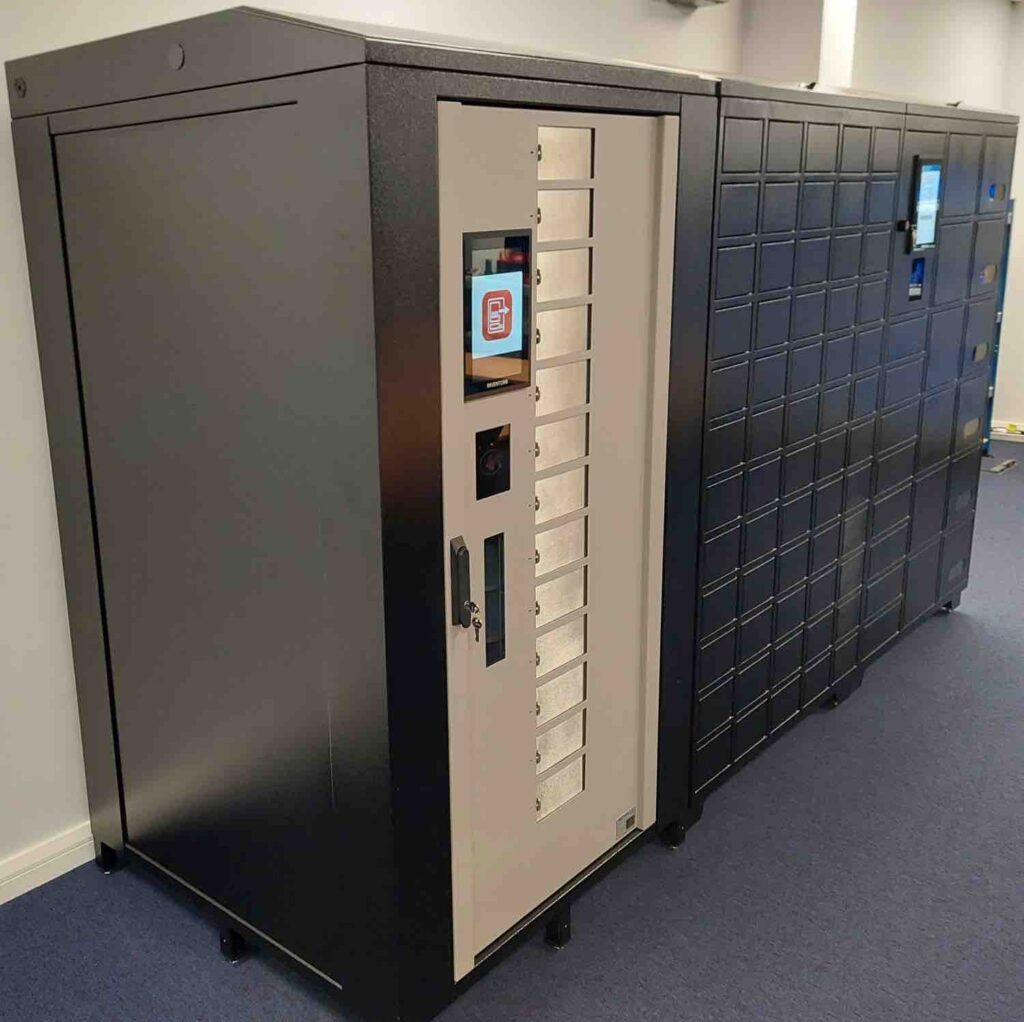The latest AESQ Quality Management System Requirements for aerospace engine design (AS13100) have led many in the industry to invest in new approaches that improve compliance and traceability in their supply chains. Here Brian Vince shares expertise on using smart inventory management solutions to improve compliance in light of AS13100
AS9100 is the minimum criteria needed for an acceptable quality management system and applies to the entire aerospace supply chain. Implemented in March 2021, AS13100 is an add-on for aircraft engines that provides additional safety and risk assessment measures. For example, AS13100 adds measures that reduce the risks associated with counterfeit parts.

Inventory solutions
Whether it’s for industrial, commercial or military applications, compliance is the defining factor when bringing aerospace assets to market. Manufacturers must ensure all components comply with the relevant regulations, which means having a full understanding of each component and where it came from. However, managing and ensuring compliance with these new regulations can be a lengthy and challenging process.
To ease the headaches associated with managing, purchasing and securing inventory in line with changing regulations, many manufacturers choose to integrate a tailored vendor managed inventory solution. This involves a third-party provider managing the supply and flow of components entering the warehouse, as well as distributing them to the point of use. The VMI partner ensures that stock is delivered to the right place at the right time, reducing the risk of delayed production because a particular C-Class product is not available.
One of the key drivers for the regulatory change was the prevalence of counterfeit goods ─ these parts have not had the necessary safety and quality checks, posing a huge potential risk. There is therefore a heavy burden on in-house quality teams to ensure parts entering the warehouse are genuine using visual inspection, testing and other measures. Quality teams must ensure each component has the required dimensions, is made from the correct material and meets the necessary performance characteristics. This means extra testing in line with relevant standards, lengthening production schedules.
Some VMI providers are able to provide a quality-assured service in-line with AS9100 and AS13100, where parts are tested in an in-house quality laboratory before being supplied to the aerospace business, providing peace of mind that parts are genuine and meet the required quality standards.
Digitalising the supply chain
Although they solve many traditional problems in the aerospace supply chain, traditional VMI solutions are primarily a manual service. The VMI partner’s employees will attend the site regularly to check stock levels, replenish stock and create replenishment plans for the next site visit. With AS13100 increasing the compliance demands on manufacturers, many aerospace businesses are looking for supply chain solutions that are automated and connected to deliver increased traceability and reduce the risk of human error.

The May 2021 McKinsey report Digital: The next horizon for global aerospace and defence found that the supply chain showed the most value-creation potential of any stage in the global aerospace and defence industry. The report found that, while the supply chain is the single largest driver or the cost structure for many businesses, only 15% of those surveyed use digital at scale to optimise demand planning, 12% for procurement and 16% to track components through their lifecycle. When asked why digital deployment in the supply chain was so low, the most common reason was data.
To be able to collect and manage the necessary data, aerospace manufacturers can opt for VMI solutions that are enterprise-level and cloud-based. This technology enables manufacturers to achieve real-time visibility over who is using what and where, improving traceability, compliance, part quality and cash flow. These systems can be built from a range of inventory technologies including industrial vending, mobile automated replenishment systems, asset management solutions and app-based inventory management tools. A VMI solution connected to cloud-based software gives aerospace businesses real-time access to traceability reports and asset information, which are useful tools for quality management.
Consider this example. An aerospace manufacturer has installed a VMI Smart Solution that includes iBinScale technology. Production managers have worked with the VMI partner to set minimum and maximum levels, so that when stock drops below minimum, a notification is automatically sent to the supplier. The stock arrives in the next delivery, with no requirement for the manufacturer to monitor stock levels, contact suppliers or arrange delivery.
Reporting made simple
Digital supply chain management technology can provide manufacturers with a full report of each part’s journey ─ from batch number allocation to tail and engine numbers ─ so manufacturers have full traceability from part delivery to final product. As well as the ability to trace individual components, digital technology can provide full accountability to users, as there will be a digital trail of what was accessed, when and who by.
Implementing digital technology into the aerospace supply chain can help with regulatory compliance, while freeing up members of the production, procurement and quality management teams to work on value-adding activities that unlock growth.
Brian Vince is group quality manager at supply chain specialist TFC.
 Engineer News Network The ultimate online news and information resource for today’s engineer
Engineer News Network The ultimate online news and information resource for today’s engineer





